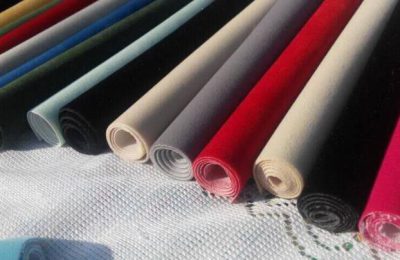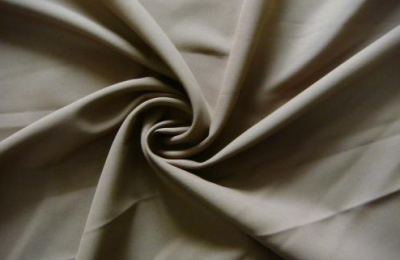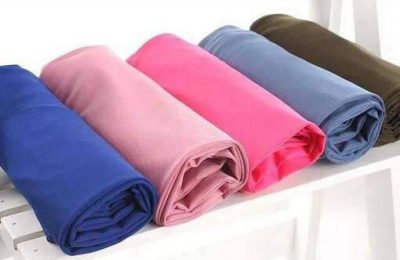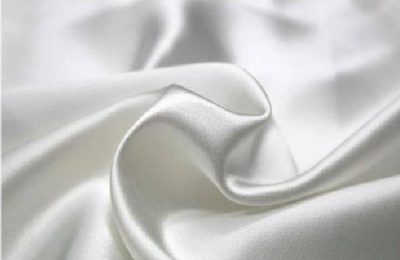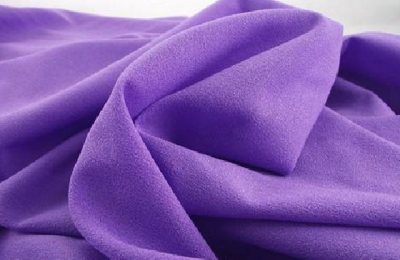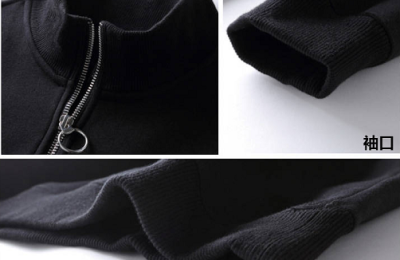Do you know what PTFE ultra-wide film is? And what is polytetrafluoroethylene? What advantages and performance does it have? What are its uses? The editor will slowly introduce this material to you below.
Fluorite reacts with sulfuric acid to generate hydrofluoric acid. Anhydrous hydrofluoric acid is used to fluorinate chloroform. The reaction temperature is above 65°C. Antimony pentachloride is used as a catalyst. Finally, tetrafluoroethylene is produced by thermal cracking.
In addition to tetrafluoroethylene (TFE), similar methods can produce hexafluoropropylene (HFP), vinylidene fluoride (VDF), chlorotrifluoroethylene (CTFE), etc.
PTFE ultra-wide membrane has excellent high and low temperature resistance – long-term use temperature is -100℃~+250℃, excellent corrosion resistance – can withstand various acids, alkalis, salts, organic solvents, strong oxidants, etc.
Since the air filter membrane material is expensive and has lower strength than steel, it is generally made into a lining, which is protected and reinforced by a metal shell to form a whole.
In this way, the lining layer can resist corrosion, high and low temperatures, and the outer shell can withstand pressure. It has sufficient strength and stiffness, which can reduce the overall cost.
It is a PTFE ultra-wide film manufacturer specializing in R&D, production and sales.
The materials of the products produced by our company are all imported raw materials, with high uniformity, stable performance and good breathability.
It also has high filtration efficiency and can meet the filtration efficiency level requirements of sub-high efficiency, high efficiency and ultra high efficiency filters.
The company has a full set of advanced production equipment and testing instruments, as well as a complete pre-sales, sales and after-sales service system.
Interested parties can enter the store to inquire and purchase.
</p



